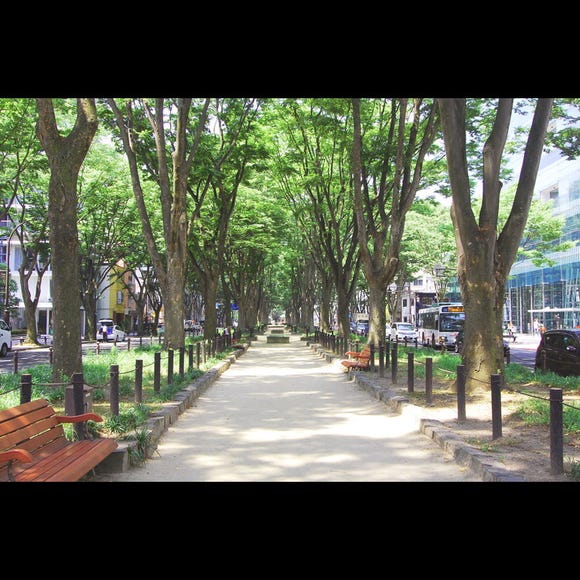
아오모라의 하치노헤시는 사계절이 모두 아름답고, 특히 겨울의 하얀 설경이 온천과 겨울 원더랜드를 좋아하는 사람들에게 방문할 가치가 있으며, 형형색색의 하치노헤 가을도 멋진 경관을 자랑한다.
이런 하치노헤 여행중 사케와 사케 제조 과정에 대해 더 알고 싶다면 하치노헤 주조의 사케 투어에 참가하면 양조장 시설을 견학하고, 사케 양조 과정에 대해 배울 수 있으며, 현장에서 맛있는 사케 시음도 가능하다! 사케를 목적으로한 투어이니 안주는 준비되지 않으니, 참가 전에 미리 배를 채우는 것을 추천한다.
사케 한 잔으로 시작하는 이야기

사케 또는 일본의 쌀을 이용한 술은 발효된 쌀, 누룩(발효 쌀곰팡이), 효모와 맑은 물로 만든 발효 알코올이다. 물은 전체 과정의 중요한 성분으로 사케의 최종 맛에 영향을 준다.
제조 과정에서 단계를 추가하거나 생략함으로써 탄산 사케, 단맛 사케(감주), 생사케(나마자케) 등 다양한 종류의 사케를 생산할 수 있다.
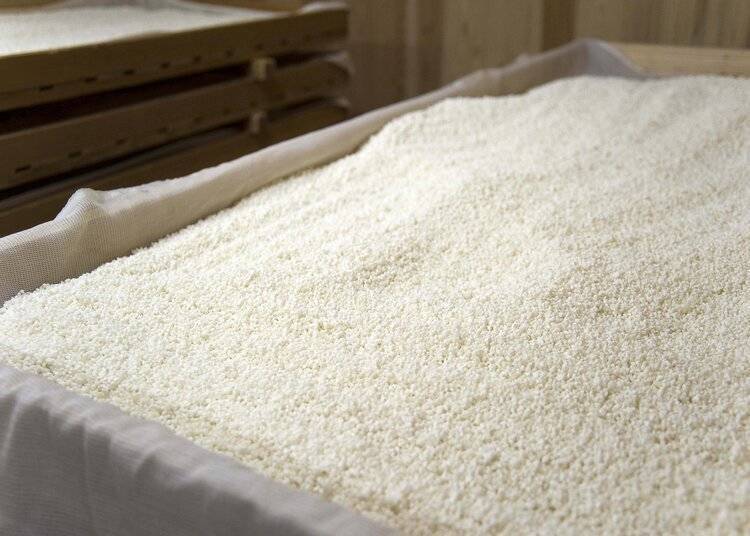
쌀알은 제조 과정에서 추가되기 전에 '정미보합'이라는 연마 단계를 거치는데, 일반적으로 연마 정도가 높을수록 일본주의 맛이 더 진하고 가격도 더 비싸다.
시중에서 가장 흔한 두 종류의 사케는 '긴죠'와 '다이긴죠'다. 긴죠는 연마 후 60%의 쌀심을 보존한 쌀을 사용하고, 다이긴죠는 50% 정도의 쌀심을 보존한다.
하치노헤시는 어디에 있을까?
하치노헤시는 아오모리현 남동부에 위치한 태평양에 인접한 도시로, 맑은 날에는 반짝이는 푸른 바다 풍경을 볼 수 있고, 항구에는 풍부한 해산물이 난다.
도쿄와 신아오모리를 연결하는 '도호쿠 신칸센'은 해산물 애호가나 비경을 좋아하는 사람들에게 매우 적합하며, 신칸센은 하치노헤역에 직접 정차한다. 도쿄에서 하치노헤까지 직행열차로 2시간 50분밖에 걸리지 않는다.
물론 지금 아오모리는 인천에서 직항이 있어 바로 아오모리 공항을 통해 방문할 수 있다.
- 투어시간: 주조장 견학 약 1시간, 나머지 시간은 하치노헤 체험
- 영업시간: 월요일~금요일 오전10시~오후 4시 (겨울철 토요일 개방). 마지막 투어 입장 시간은 오후 3시
- 투어 비용: 500엔. 공식 웹사이트에서 예약하거나 전화 예약(일본어) 가능. 가이드는 대부분 일본어로 진행되지만 일본어를 못해도 투어에 참가하고 사케 시음도 가능하다.
전문가의 사케 여행 전 작은 팁!
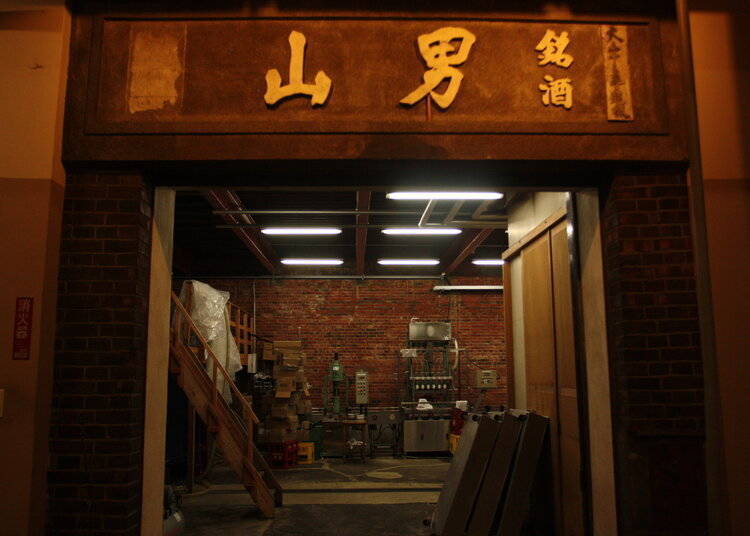
첫 번째이자 가장 중요한 점은 절대 빈속으로 참가하면 안 된다는 것이다! 사케의 알코올 도수는 매우 높아서 평균 알코올 함량이 약 13%~17%인데, 빈속에 사케 시음을 하면 금세 취해서 일정을 제대로 즐길 수 없다. 최소한 간식이라도 먹거나 배를 채운 후에 참가하는 것을 추천한다.

반드시 사전 예약을 해야 한다! 일본 각지의 대부분 양조장은 사전 예약이 필수이며, 가이드 투어에 참가하지 않아도 사케 시음은 가능하지만 어쨌든 양조장에 미리 알려야 한다.
궁금하다면 시설 견학 후 사케를 한 바퀴 시음하는 것을 선택할 수 있으며, 자신의 취향에 따라 단맛 또는 매운맛 사케를 선택할 수 있다.
하치노헤 주조에 대해
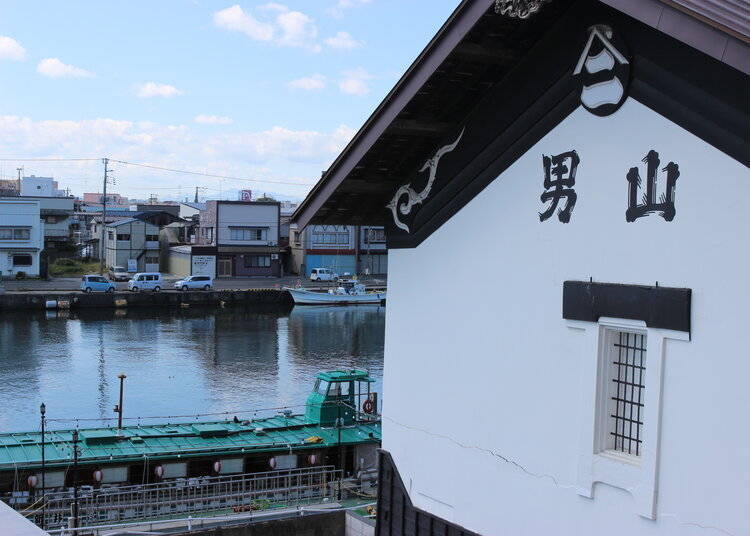
하치노헤 주조는 1775년에 설립되었으며, 원문 시대에 고마키 쇼자부로가 일본 무쓰 지역(현재의 후쿠시마현, 이와테현, 미야기현, 아오모리현)에서 일본주를 양조하려는 꿈을 품고 오미국을 떠나 창립했다.
하치노헤 주조는 대대로 전해져 현재 8대째가 경영하고 있다. 하치노헤 주조는 아오모리현의 쌀과 효모, 그리고 하치노헤와 가니사와의 물을 사용하며, 양조장에서 가장 인기 있는 두 종류의 사케는 '무쓰핫센'과 '무쓰오토코야마'다.
하치노헤 주조의 매력은 수년간 지속적으로 혁신하고 변화하는 능력에서 나온다. 그들의 제품 라인업에는 양조사가 특별히 조제하고 양조한 특수 사케도 포함되어 있는데, 과일맛 사케부터 탄산 사케까지 다양하다. 각 사케의 라벨에는 양조사의 사진이 붙어 있고 이 사케에 대한 양조 철학이 적혀 있다. 이런 재미있는 개인화 라벨 디자인은 젊은 양조사들을 끌어들이는 좋은 아이디어라고 할 수 있다!
하치노헤 주조는 소셜미디어와 커뮤니티 활동도 매우 잘 활용한다. 부정기적으로 다양한 행사를 열어 자사 제품을 홍보하고, 일본주 칵테일 대회 같은 소셜 활동도 진행한다.
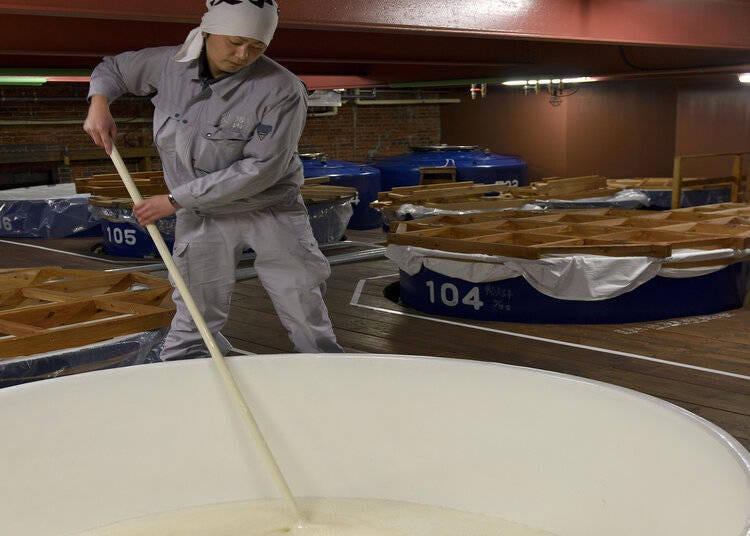
전통 사케 외에도 하치노헤 양조장은 '신류파'라고 불리는 다른 제품 시리즈도 출시했는데, 요구르트주, 증류주, IPA 같은 맛의 일본주(쌀, 누룩, 홉으로 제조), 그리고 샴페인에서 사용하는 병내 2차 발효 방법으로 양조한 탄산 사케 등이 포함된다.
사케 가공 과정에서 남은 누룩은 어떻게 될까 궁금할 것이다. 하치노헤 주조에서 판매하는 사케 누룩으로 만든 목욕 입욕제를 한번 써보는 것을 추천한다. 일본주 향 외에도 유칼립투스 라벤더 등 천연 향이 추가되어 있다.
하치노헤 주조는 근처 일본 과자점과도 협력해서 사케로 작은 과자를 만든다.
일본에서 반드시 사케를 맛봐야 하는 이유는?
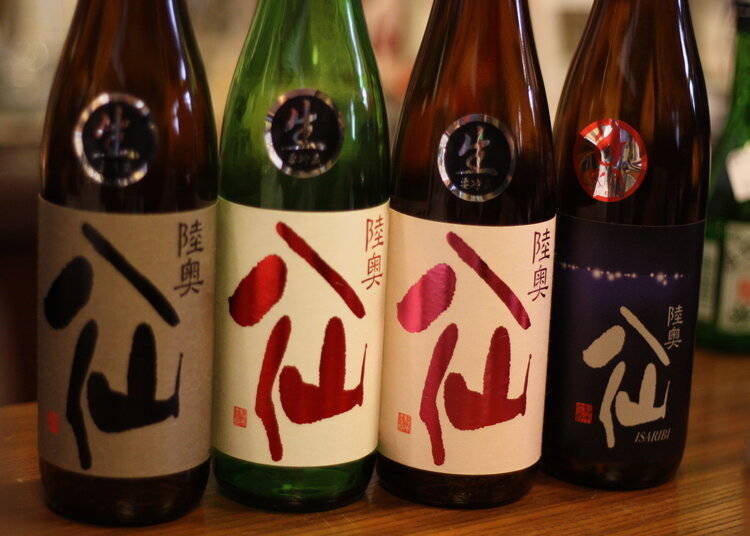
사케는 다양한 종류의 음식과 훌륭한 조화를 이룬다. 사케는 역사가 오래되어 전통적인 사케 양조 방법을 보존하고 있지만, 최근의 사케에는 많은 혁신이 있어서 사케 애호가들에게 더 많고 재미있는 사케 선택지를 제공한다.
또한 일본의 각 지역마다 각자 자랑하는 다른 종류의 사케가 있어서, 다른 지역의 다른 사케를 시도해보는 것도 여행 중 매우 재미있는 일이다.
-
하치노헤 주조 주식회사八戸酒造(株)
- 주소 〒031-0812 青森県八戸市大字湊町字本町9番地
-
가까운 역
전철: JR 하치노헤선 무쓰미나토역에서 도보 5분
버스: 하치노헤시 버스/남부 버스 – 신마치 버스 정류장에서 도보 5분
- 전화번호 0178-33-1171
하치노헤시의 다른 명소 & 즐길거리
・다테하나 부두 아침시장
하치노헤의 다테하나 부두 아침시장은 하치노헤 필수 방문지다. 매주 일요일마다 300개가 넘는 포장마차가 현지 해산물, 농산물, 간식, 골동품, 생활용품, 심지어 자동차까지 판매하고, 라이브 음악과 모임 광장도 있어서 사람들이 여유로운 일요일 아침을 즐길 수 있다. 매주 일요일 새벽부터 오전 9시경까지 열리므로 참가하려면 매우 일찍 일어나야 한다!
・하치노헤의 예술과 문화
하치노헤시 중심가에 위치한 하치노헤 미술관은 동시에 건축 명소이기도 하며, 관광객들이 예술 전시에 참여하고 체험을 얻도록 유도하는 것이 목적으로, 단순히 예술품을 감상하는 것만이 아니다. 하치노헤 미술관은 하치노헤시가 2011년 동일본 대지진 이후 회복된 활력을 보여주는 상징이기도 하다.
・하치노헤시에서 산책하기
하치노헤시는 바다 근처에 있어서 다양한 자연 산책로가 있다. 사메가하나 등대는 태평양 전경을 감상하기 좋은 최고의 장소 중 하나이고, 다네사시 해안에서는 해변, 초원, 암초가 있는 해안선을 동시에 감상할 수 있다. 하이킹을 좋아하는 사람들은 다양한 종류의 하이킹 코스를 즐길 수 있다.
하치노헤시에서 한 잔하며 산책하고 싶은가?
사케를 맛볼 장소를 찾든, 바다에서 여유롭게 산책하든(예를 들어 근처의 무쓰 해안 산책로), 하치노헤 여행은 충분히 가치가 있다. 도쿄에서 출발하기에 교통이 편리할 뿐만 아니라 온천 지역과도 가까워 완벽한 주말 여행지가 될 수 있다.
▼추천기사
작가이자 마케터로 10년 이상 경력을 쌓았으며, 여행, 라이프스타일, 음식에 대해 폭넓게 글을 쓰고 있다. 여행은 그녀의 라이프스타일의 일부이며, 아무리 가기 어려운 곳이라도 일본 구석구석을 탐험하는 것을 목표로 틈이 날때마다 여행을 떠난다. 와세다 대학에서 인류학 석사 학위를 취득하고 상하이 데일리에서 4년 이상 프리랜서 기자로 일한 후, 여행 저널리즘으로 전향하여 트래블 + 레저 및 기타 유명 플랫폼에 기고하고 있다. 일본의 다도 및 와인 자격증을 보유하고 있다.
- 구역
- 카테고리
※가격과 메뉴내용은 변경될 수 있습니다.
※특별히 기재된 것 이외에는 모두 세금이 포함된 가격입니다.
-

니가타 여행 쇼핑 - 꼭 사야 할 니혼슈(일본술)과 선물 9가지 추천
by: ShiroKu inc.
-

2025년 아키타 벚꽃놀이를 위한 명소 Best 10
by: Alexander Litz
-

아오모리 힐링 여행 - 호시노 리조트 오이라세 계류 호텔을 1박 2일 간 만끽하는 추천 일정
by: Miyu Shimada
-
Ad

하네다 공항에서 단 1정거장! "이것이야말로 일본!"인 식(食)・놀이(遊)・지식(知) 콘텐츠가 HICity®에 대집결 「하네다 밤문화 이벤트: Haneda Innovation City」에서 보낸 열광적인 나이트 타임
by: Yohei Kato
-

2025년 아오모리 봄의 벚꽃 명소 10곳 정리
by: Alexander Litz
-

아키타 여행 쇼핑 : 꼭 사야 할 선물 11가지와 역 주변, 공항 근처 쇼핑몰 추천
by: ShiroKu inc.





















